-
Windows
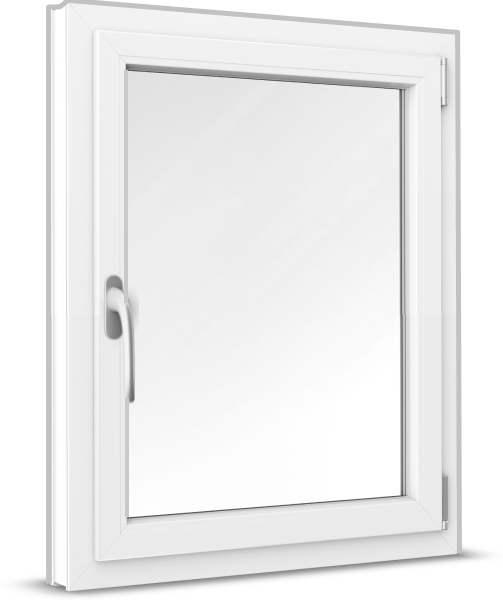 Windows
Windows
-
French Doors
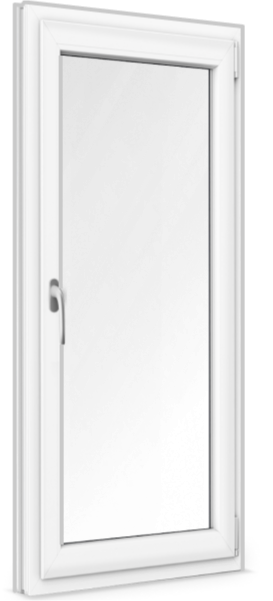 French Doors
French Doors
-
Patio Doors
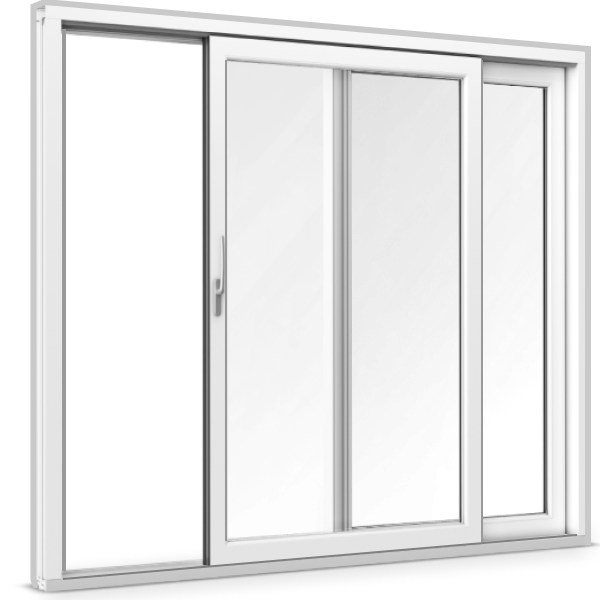 Patio Doors
Patio Doors
-
Front Doors
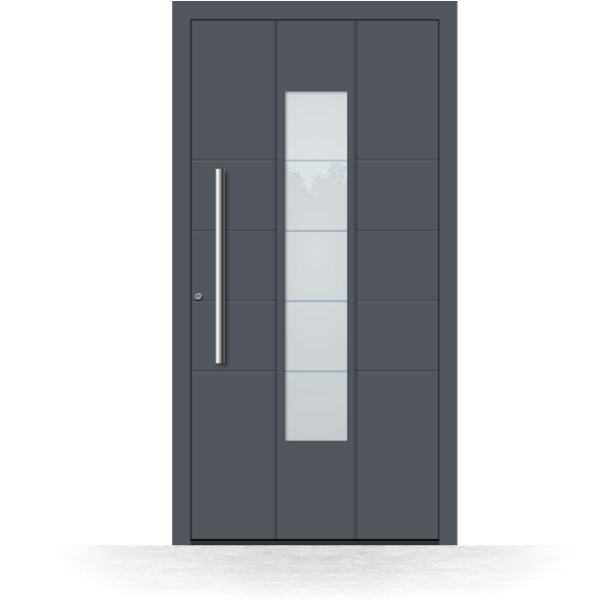 Front Doors
Front Doors
-
Roller Shutters
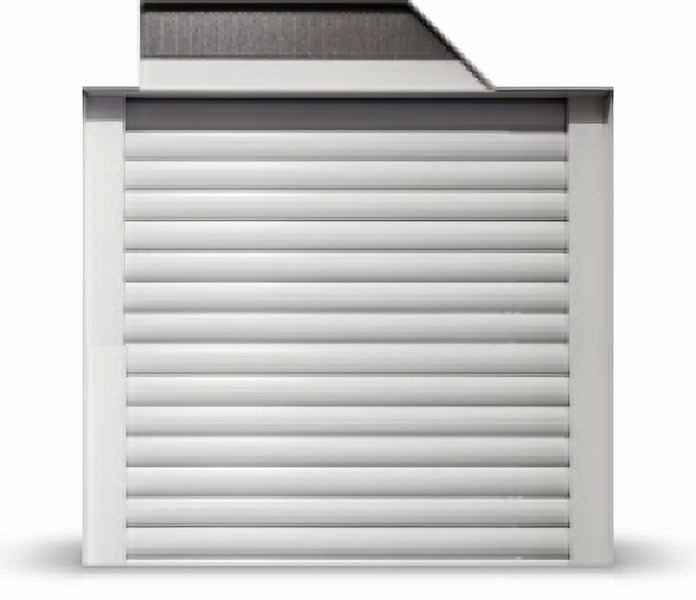 Roller Shutters
Roller Shutters
-
Window Sills
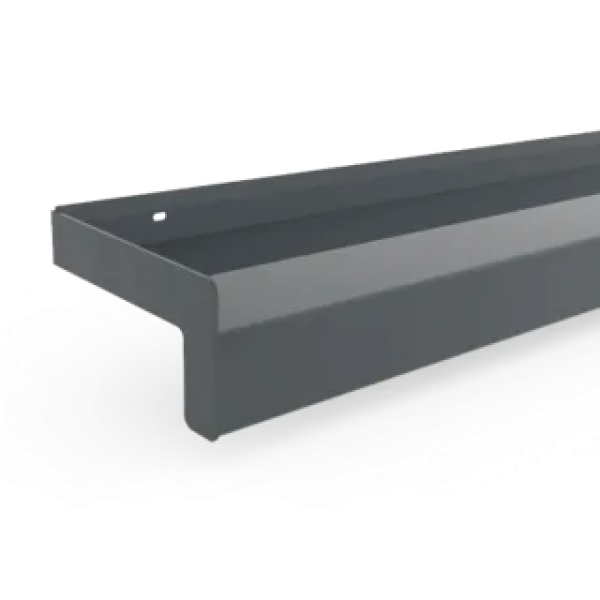 Window Sills
Window Sills
-
Sign in
Contact us

Windows and glass. These two words are nearly inseparable today and yet for most of history, windows were simple holes in a wall or roof and covered with animal hides, horn or paper. The first use of glass in windows dates back to the Romans, and was likely developed in Egypt. Nowadays, there are a variety of glass types which can be incorporated into windows and doors with a range of individual features and operating mechanisms. Whether low-e glass, triple glazing, skylights or tilt and turn casement windows, special window and glass options have been developed for every possible requirement.
Modern windows are now fitted with multiple layers of glass instead of a single pane. This makes them not just more energy efficient, but improves other areas like soundproofing and security. Modern glazing technology provides solutions for:
The basis of most glass technology is simple float glass, named after its manufacturing process. Float glass was developed in the UK in the 1950s and involves pouring molten glass over liquid tin whereby it rises to the top forming a flat, clear ribbon of glass. It is then cooled and cut to shape. Afterwards, a variety of special coatings, treatments and combinations with other glass can be carried out to create the type of end product desired.

For windows aimed at providing excellent insulation, a minimum of two panes are used separated by a spacer while the gap is filled with dried air, or a gas like argon or krypton. This is known as an insulated glazing unit (IGU).
Special glass coatings can also help to regulate the solar heat gain coefficient (SHGC), or how much heat is gained on the interior from solar energy. Low-e coatings can also help eliminate ultraviolet rays that damage carpet, furniture and curtains over time as well as reduce heat gain in warm climates and reduce heat loss in cold ones.
Whether to increase security against possible break-in or reduce risk in areas like bathrooms, specialized glass for safety and security purposes can be integrated into nearly any type of window or door. There are two types, each with different features best suited to different applications.
Laminated safety glass consists of a combination of at least two panes with a special foil sandwiched between them. This means that if broken, the glass remains attached to the foil and does not fall down into sharp pieces. Laminated safety glass is for example used to make windshields in cars to eliminate the risk of injury caused by flying glass shards during an accident. However, it has become increasingly popular in house building, as the foil between the glass panes increases the protection against break-in.
Single sheet safety glass consists of standard float glass which is quickly heated to a high temperature and then forced to cool down quickly. This creates internal tension in the pane making it tougher on the outside against minor impacts. However, when it does break, the increased internal tension results in it shattering into a myriad of tiny blunt pieces, not jagged shards. Tempered glass can frequently be seen in common places such telephone booths, shower doors and passenger windows in cars.
Not all windows are meant to be transparent. For certain areas of the home, it may be important to allow natural light in but not necessarily a clear view. Bathrooms are the most common example here, although separating walls, meeting rooms and doctor's offices also frequently have the same needs. In this case, to ensure privacy and adequate light, textured glass is the solution. In this case, glass is put through a roller process which alters one of the surfaces, for example by frosting it.
With increasing urbanization, soundproofing is becoming increasingly important in many homes. Soundproof glass consists of multiple panes of glass separated by air cavities, typically filled with a special gas. These heavy gases combined with multiple, thicker panes of glass, increase the acoustic insulation while thermal insulation remains the same.